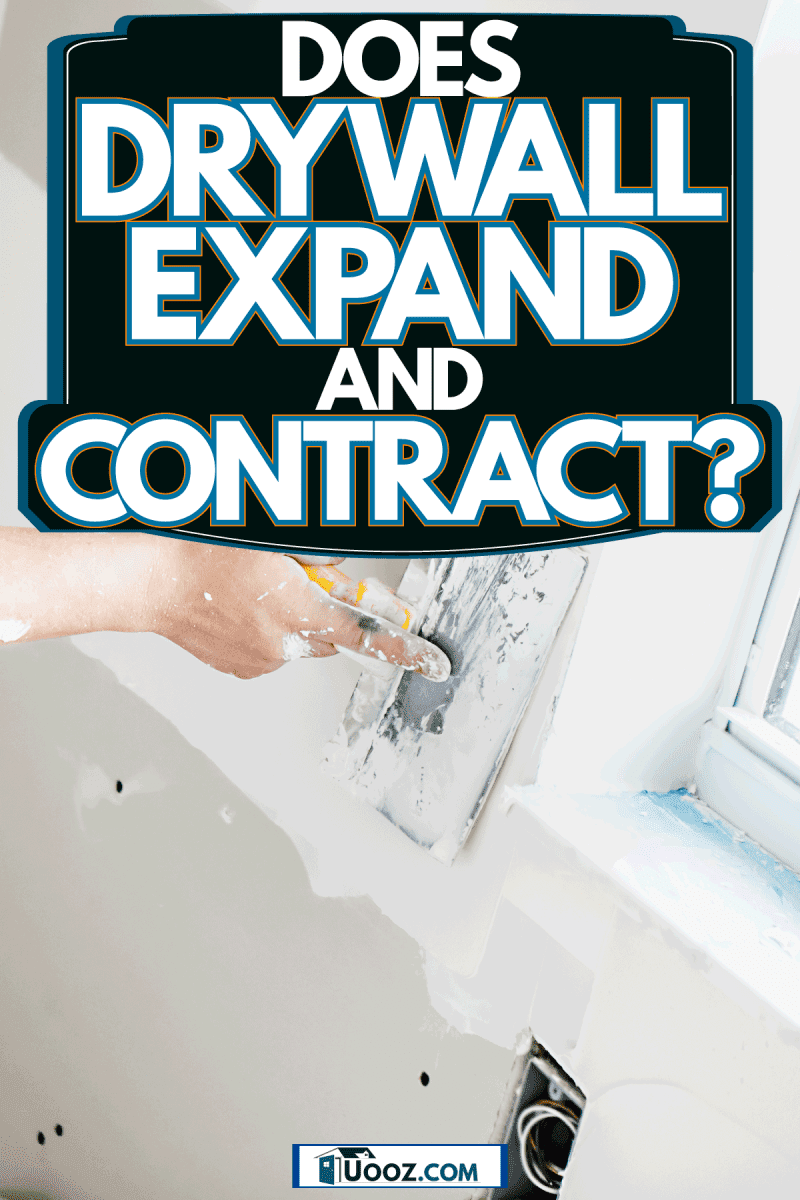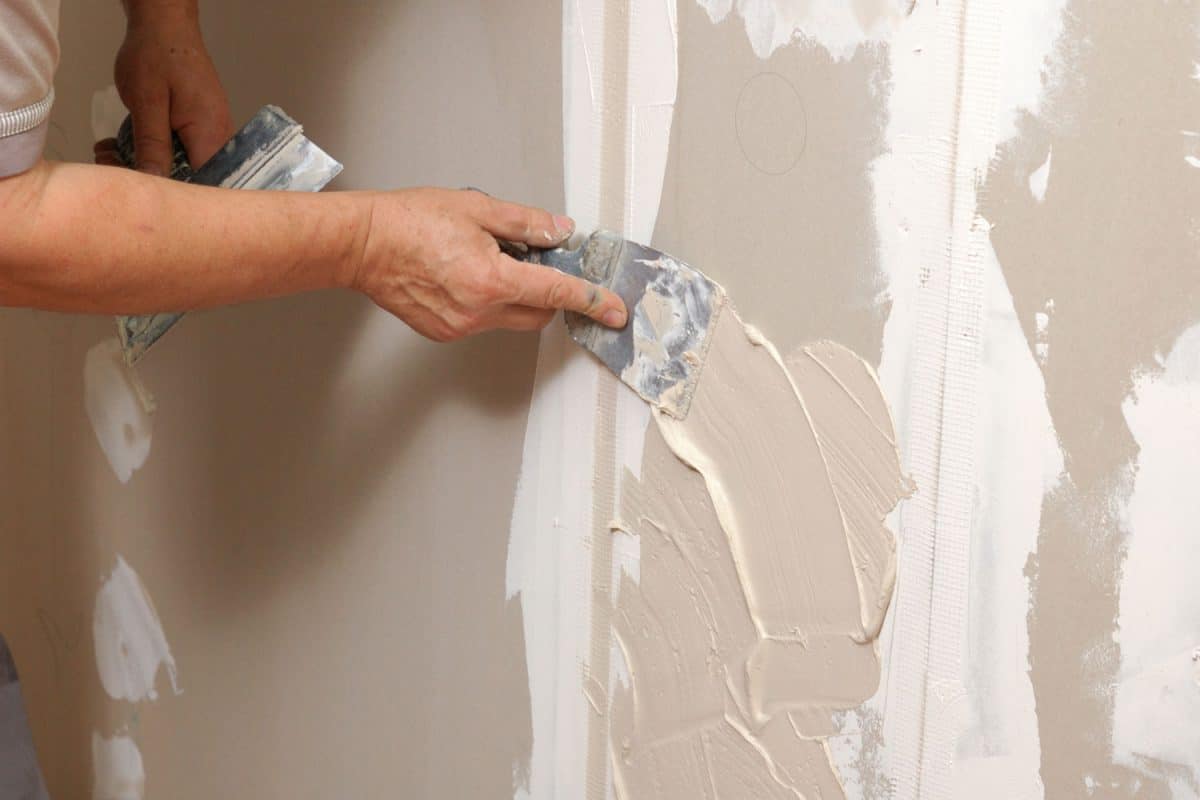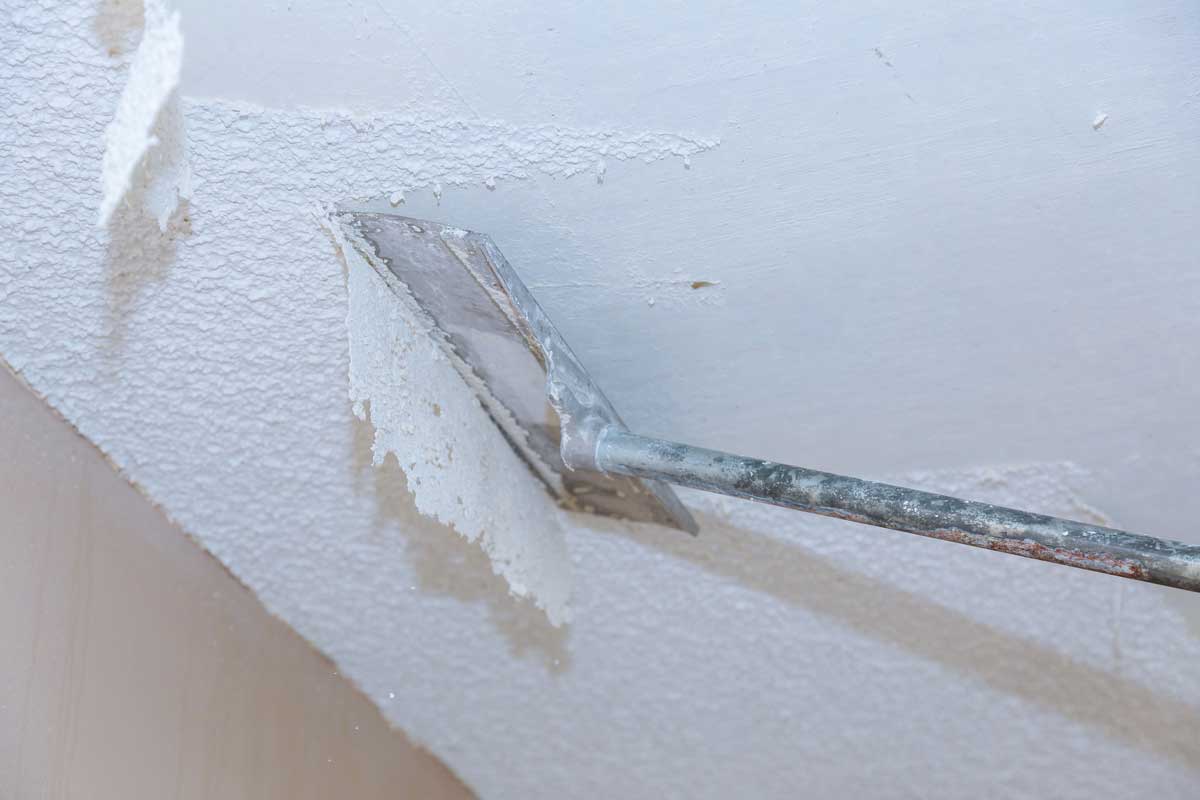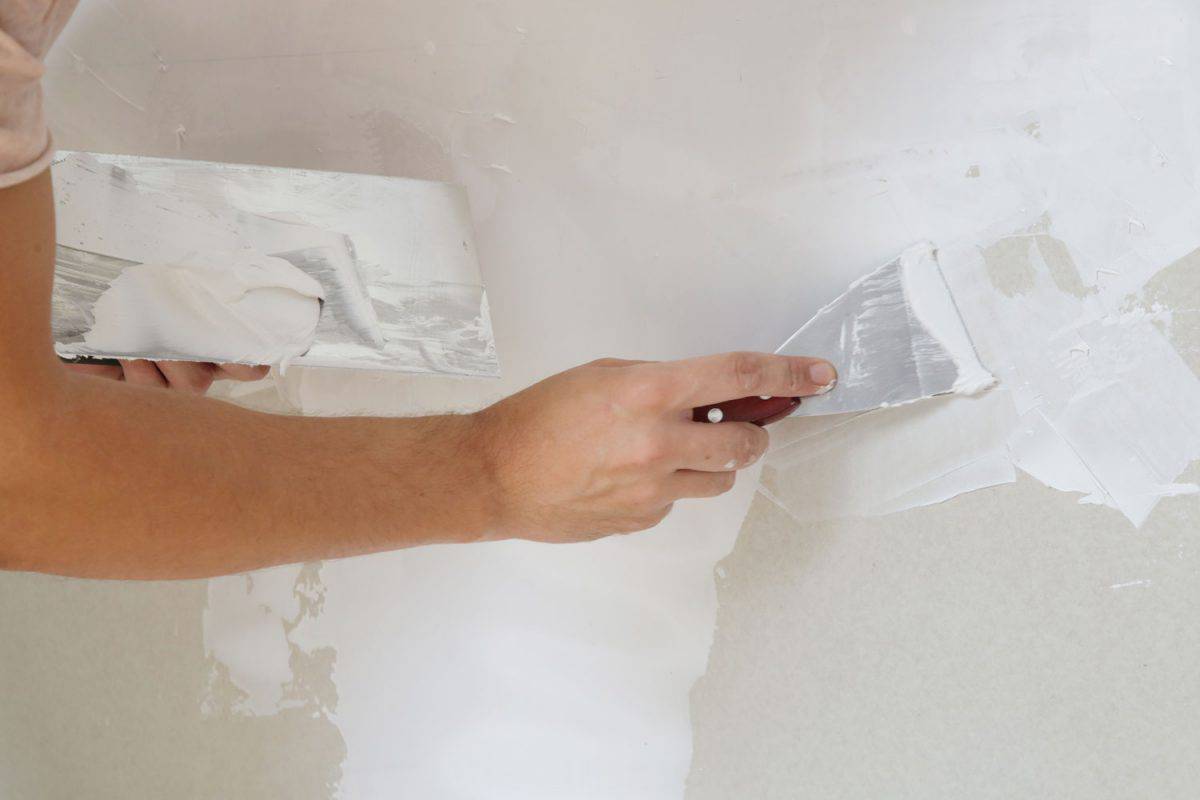It's not uncommon to find cracks in your home's drywall. It is important to pay attention to how often the cracks appear and whether or not they are growing in size. But what causes these cracks? Does drywall expand and contract? We have researched the answer to these questions, and we will answer them in this post.
Yes. Drywall does expand and contract after installation. These changes are often due to either seasonal or temperature and humidity changes. The length at which the drywall expands or contracts depends on the change and the quality of the installation. However, there are ways to install the drywall so that the expansion and contraction are minimal. This will ensure that the drywall and the home's structure are not greatly affected.
Not only is drywall susceptible to temperature issues, but it will typically contract in cooler temperatures and will expand in warmer temperatures. This can result in cracking, which can be a nuisance for homeowners.

How To Tell if Drywall is Expanding and Contracting
The development of cracks on the drywall surface is the most obvious indicator that your drywall is expanding and contracting. The cracks can appear in the corners of the drywall where it meets the ceilings or directly across the length of the boards.
These cracks may appear during every season with huge humidity or temperature changes within the home. The seasonal cracks may also open and close with each season, so you may not be able to notice them immediately.

Reasons Why Drywall is Expands and Contracts
There are many reasons why drywall expands and contracts; here is a sample of them:
The home is settling
As a home ages, it's typical to expect some minor settling over the years. When the home settles, you may notice small hairline cracks in the drywall, typically over the windows and doors.
There really isn't a way to prevent this, and it isn't dangerous. It can, however, be a visual eyesore. When you notice this, the best thing to do is apply spackle to the drywall and re-paint the area. However, if you see the cracks becoming deeper or appearing more frequently, you may want to contact a contractor.
The home is brand new
If the home was just built within the past 1-12 months, you might notice cracks showing up in the drywall from time to time. New lumber will take a few years to dry out, and during this time, the moisture in the wood can make its way into the drywall.
This initially causes the drywall to expand but creates cracks once the drywall contracts. You will likely notice this at the drywall's joints, where the sheets meet together. These tiny cracks are typically nothing to worry about. And it's best to wait till your home is at least 10 to 12 months before addressing them.
The drywall was installed improperly
All home builders aren't created equal. This means that, unfortunately, cracks in a home's drywall can sometimes be the result of a subpar installation. This is the result of badly seamed drywall. If the seams of the drywall aren't covered with paper tape and seamed adequately, the tape will soon begin to unravel and peel away from the drywall.
The result is a crack forming along the seam. If this happens, the best thing to do is to contact a new contractor to have them re-apply it.
Water Leaks
It's relatively easy to tell if a drywall crack is caused by a water leak as it will typically be accompanied by discoloration or dampness. If you begin noticing brown or yellow tints in the cracks, the chances are that there is a leak somewhere in your home.
Start by checking the plumbing in your bathrooms, laundry, and kitchen areas to stop the leak at its source. Once the drywall becomes completely saturated, you will need to replace it. However, if the drywall is only minimally affected, it can be patched up and re-painted.
Damaged Foundation
As mentioned previously, cracking in your drywall can also be the result of damage to the foundation. You will usually notice large cracks that are thicker than 1/4 inch wide if this is the case.
The foundation could have issues due to water damage, a faulty slab, or a poorly constructed base. A bad foundation can compromise the structural integrity of your home, and you should address large deep cracks immediately.
Why Do Drywall cracks Keep Coming Back?

Drywall cracks can come back for different reasons. For example, if you notice several large deep cracks on the drywall, this can indicate that the home's foundation has slightly shifted.
Foundational problems and other structural issues can occur with heavy rain or frost, pest issues (such as termites), drainage problems, or invasive tree roots. You notice that the cracks appear discolored or feel damp to the touch; this usually means that there is an issue with excessive moisture.
You'll need to find the leak in your home before repairing the crack to prevent it from reoccurring. Improperly installed drywall can also lead to buckling, cracking, and bulging.
These issues tend to become visible relatively quickly, and you may notice cracks just a few weeks after the installation. If the installation contractor fails to use sufficient fasteners or a sufficient number of expansion joints, the drywall will lack the proper support that it needs.
Why is my Wall Expanding?

If your wall is expanding, it's likely due to high temperatures or excessive moisture. Drywall will expand under these conditions, and unfortunately, the only way to minimize it is to either lower the temperature or the humidity in the home.
However, this can be fairly challenging with certain seasonal changes. You can also double-check the insulation in your home to ensure that it is adequate, as it can also help prevent excessive moisture and extreme temperature swings inside your home.
How Much Does Drywall Expand?
On average, a sheet of drywall can expand anywhere from 1/16 of an inch to as big as 1/2 an inch. This is usually the case where the relative humidity changes by over 40%. For example, if the relative humidity jumps from 25% to 85%, the quick influx of excessive moisture can cause drywall sheets to crack due to contraction. The excessive moisture can also cause the frames to begin to sag.
Can Cold Weather Cause the Drywall to Crack?
No. It's unlikely for drywall to crack under cold conditions--with the exception that there is a drastic temperature swing from an extremely hot condition to one of extreme cold. Most cracks come from excessive moisture or high temperatures above 90 degrees Fahrenheit.
Does Drywall Shrink Over time?
Drywall can shrink minimally over time as it contracts. This is usually due to the absorption and evaporation of moisture from the wood surrounding it. It can also shrink from cold outdoor or indoor temperatures.
How do you repair cracked seasonal drywall?
Seasonal drywall cracks are fairly simple to repair. Take a look at how:
Things you'll need:
- Drywall repair kit
- Putty knife
- Sandpaper
1. Applying mesh tape
Drywall repair kits typically come with a piece of mesh tape to apply to the wall to cover the crack. However, if the crack is too big, you will need to apply multiple pieces of tape or a spackling compound. The mesh tape has a removable adhesive backing. Remove the back and adhere the tape to the wall.
Find this repair kit on Amazon.
2. Add a thin patch coat
Take the patching compound and apply it to the crack. The repair kit may come with a tool to do this, but you can use a putty knife if it doesn't. Collect enough patching compound to cover the crack and scrape off any extra mix with the putty knife.
Next, smooth the compound out so that it is almost flush with the rest of the drywall. Let the compound dry for the recommended drying time. This is typically anywhere from 30 to 45 minutes. Add any additional coats as needed after the first coat has dried.
3. Sand the patched area
Next, take your sanding paper and go over the patched area to make it flush with the rest of the drywall.
Wrapping Things Up
We hope that this post has helped explain how and why drywall contracts and expands. Remember, if you begin noticing multiple or large cracks in your drywall, it's always best to have a contractor come out to take a look--especially if the cracks are growing deeper. After all, it's best to nip foundational issues or water leaks in the bud, as they can lead to really expensive repair jobs.
Before you go, be sure to check out our other posts:


